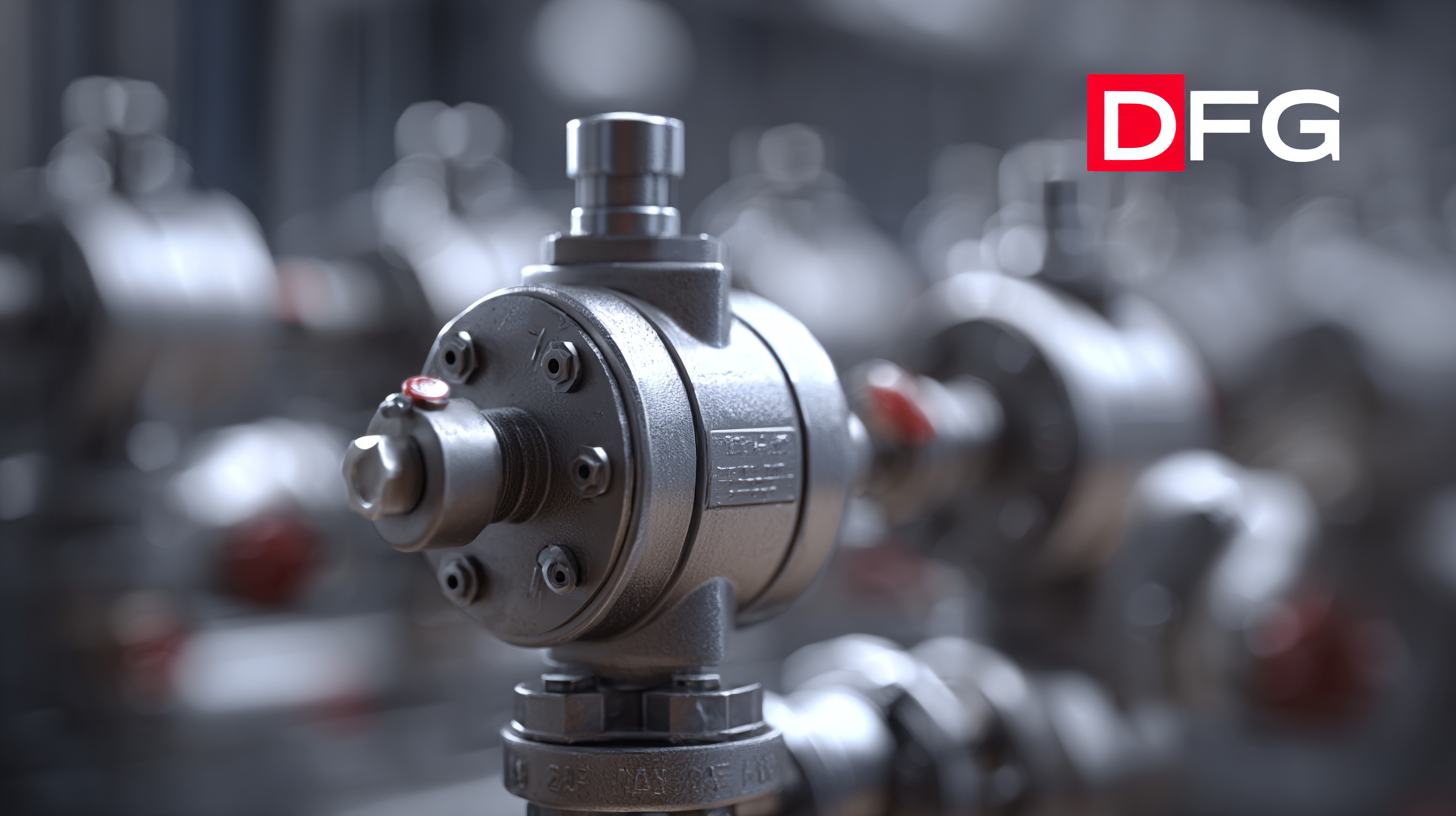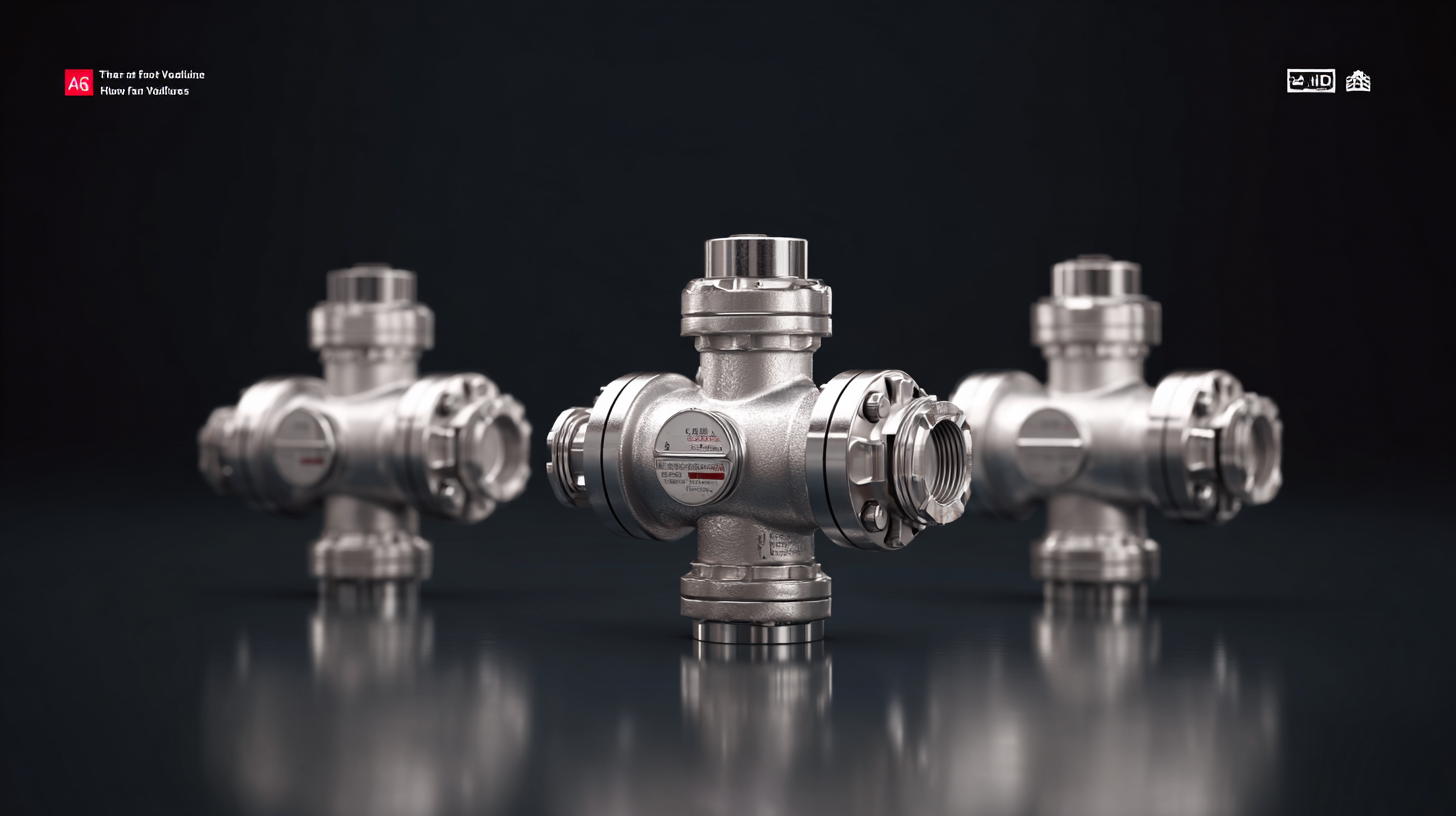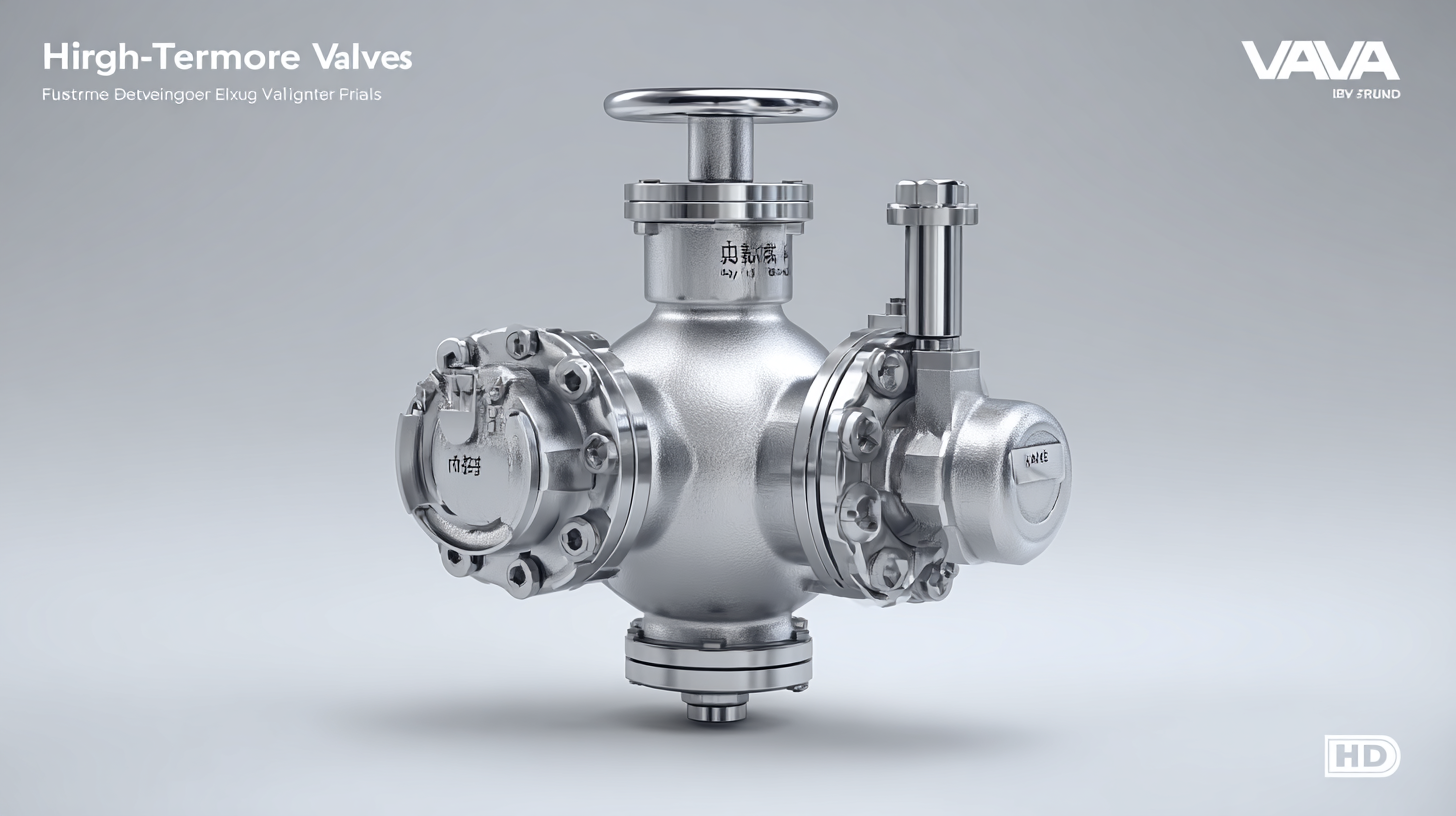
-
Home
-
Products
-
About Us
-
Application Cases
-
CLIENT & FACTORY
-
Test
-
News
-
Contact Us
Leave Your Message

The future of durable engineering is increasingly intertwined with the advancement of high temperature ball valves, essential components that ensure efficiency and safety in various industrial applications. According to a recent report by Market Research Future, the global ball valve market is projected to reach USD 8.07 billion by 2027, driven largely by the growing demand for high performance valves in industries such as oil and gas, power generation, and chemical processing. High temperature ball valves are particularly critical, as they can withstand extreme thermal conditions while maintaining integrity and performance, thereby reducing the risk of system failures and enhancing operational longevity. As industries continue to evolve, the challenges and standards surrounding the production of high temperature ball valves are expected to become more stringent, emphasizing the need for innovation and adherence to engineering excellence.

In the realm of durable engineering, the design of high-temperature ball valves is undergoing a significant transformation, driven by innovative materials that enhance performance and longevity. Modern industries, such as oil and gas, power generation, and chemical manufacturing, require valves that can withstand extreme temperatures and pressures. The development of advanced materials, such as high-performance polymers, ceramics, and specialized alloys, has enabled engineers to create ball valves that not only resist thermal degradation but also offer superior sealing capabilities.
These cutting-edge materials are essential for ensuring reliability in challenging environments. For instance, ceramic materials provide exceptional resistance to wear and corrosion, making them ideal for applications where traditional metals may fail. Additionally, advancements in composite materials allow for lighter, yet robust valve designs that facilitate easier installation and maintenance while maintaining structural integrity under high temperatures. As these innovative materials are integrated into high-temperature ball valve design, industries can look forward to enhanced operational efficiency and reduced downtime, propelling the future of durable engineering to new heights.

Durable engineering is crucial in industries that operate under extreme conditions, making the choice of high temperature ball valves more significant than ever. Key features such as advanced materials, precision machining, and innovative sealing technologies enhance durability, ensuring reliable performance. According to a market report by Fortune Business Insights, the global ball valve market is projected to reach USD 14.87 billion by 2028, fueled by a growing demand for high-performance valves in sectors like oil and gas, power generation, and chemical processing.
High temperature ball valves made from materials like stainless steel and special alloys demonstrate superior resistance to thermal expansion and corrosion. For example, valves designed to withstand temperatures exceeding 500°F significantly reduce the risk of thermal fatigue and failure. Furthermore, the integration of advanced sealing systems, such as fire-safe and blowout-proof designs, ensures that these valves maintain integrity even when facing excessive pressures and temperatures. The ability of these valves to perform consistently in harsh environments is supported by studies, such as one conducted by the American Petroleum Institute, highlighting that well-designed valves can extend operational lifespans by 20-30% in critical applications.
High-temperature ball valves are becoming increasingly essential in various industrial applications due to their ability to withstand extreme conditions. In sectors such as oil and gas, water treatment, and chemical processing, these valves ensure optimal performance and reliability. According to a recent market analysis, the cast iron ball valve market is projected to grow significantly by 2032, propelled by the rising demand for durable and efficient valve solutions. The report highlights that key factors influencing market growth include the shift toward automated systems and the need for valves capable of handling high pressures and temperatures.
Furthermore, the report categorizes ball valves based on type, including floating and fixed designs, while emphasizing the importance of connection types such as threaded, flanged, and welded configurations. Notably, size plays a critical role in applications ranging from 1/2 inch to over 6 inches, with larger valves becoming increasingly preferred in high-temperature scenarios. This versatility is critical in industries where safety and functionality are paramount, underscoring the role that high-temperature ball valves will continue to play in the future of durable engineering.

In the realm of durable engineering, high-temperature ball valves play a crucial role in ensuring operational efficiency across various industries. To maintain the peak performance of these valves, following best practices is essential. Regular maintenance not only extends the lifespan of the valves but also prevents unexpected failures that could lead to costly downtimes.
One key practice is to establish a routine inspection schedule. During these inspections, check for any signs of wear and tear, especially in the seals and seats. Keeping the valves clean from debris, foreign materials, and corrosion can significantly enhance their durability. Additionally, lubricating moving parts as per the manufacturer's guidelines will further reduce friction and wear.
Tip: Always use the specified lubricants and cleaning agents recommended by the valve manufacturer to avoid damaging the components. Furthermore, it is advisable to monitor the operating temperatures and pressures consistently, ensuring they remain within recommended limits. Elevated levels can adversely affect valve integrity, leading to premature failure and disruptions in your processes.
| Valve Size (Inches) | Max Operating Temperature (°C) | Pressure Rating (PSI) | Material | Average Lifespan (Years) | Recommended Maintenance Frequency (Months) |
|---|---|---|---|---|---|
| 1 | 260 | 1500 | Stainless Steel | 20 | 6 |
| 2 | 300 | 2000 | Carbon Steel | 15 | 12 |
| 3 | 350 | 2500 | Alloy Steel | 25 | 9 |
| 4 | 400 | 3000 | Nickel Alloy | 30 | 10 |
In the ever-evolving world of durable engineering, the demand for high-temperature solutions continues to rise. Industries such as oil and gas, petrochemicals, and power generation are increasingly relying on robust materials and components that can withstand extreme conditions. High-temperature ball valves have emerged as essential components that not only enhance system reliability but also improve efficiency. These advancements signify a pivotal shift towards innovative engineering practices designed to anticipate and meet future needs.
When selecting high-temperature ball valves, it is crucial to consider materials that can endure high thermal stress and corrosion. Opting for valves manufactured from advanced alloys or high-performance plastics can significantly increase durability and lifespan. Additionally, ensuring proper installation and maintenance practices is key; regular checks for leaks and wear can prevent costly downtime and enhance safety.
Tip: When designing systems that utilize high-temperature ball valves, always incorporate flexibility in your engineering choices to accommodate potential thermal expansion. Moreover, take advantage of predictive maintenance technologies that monitor valve performance in real time, thus enabling proactive management of equipment and minimizing operational risks.